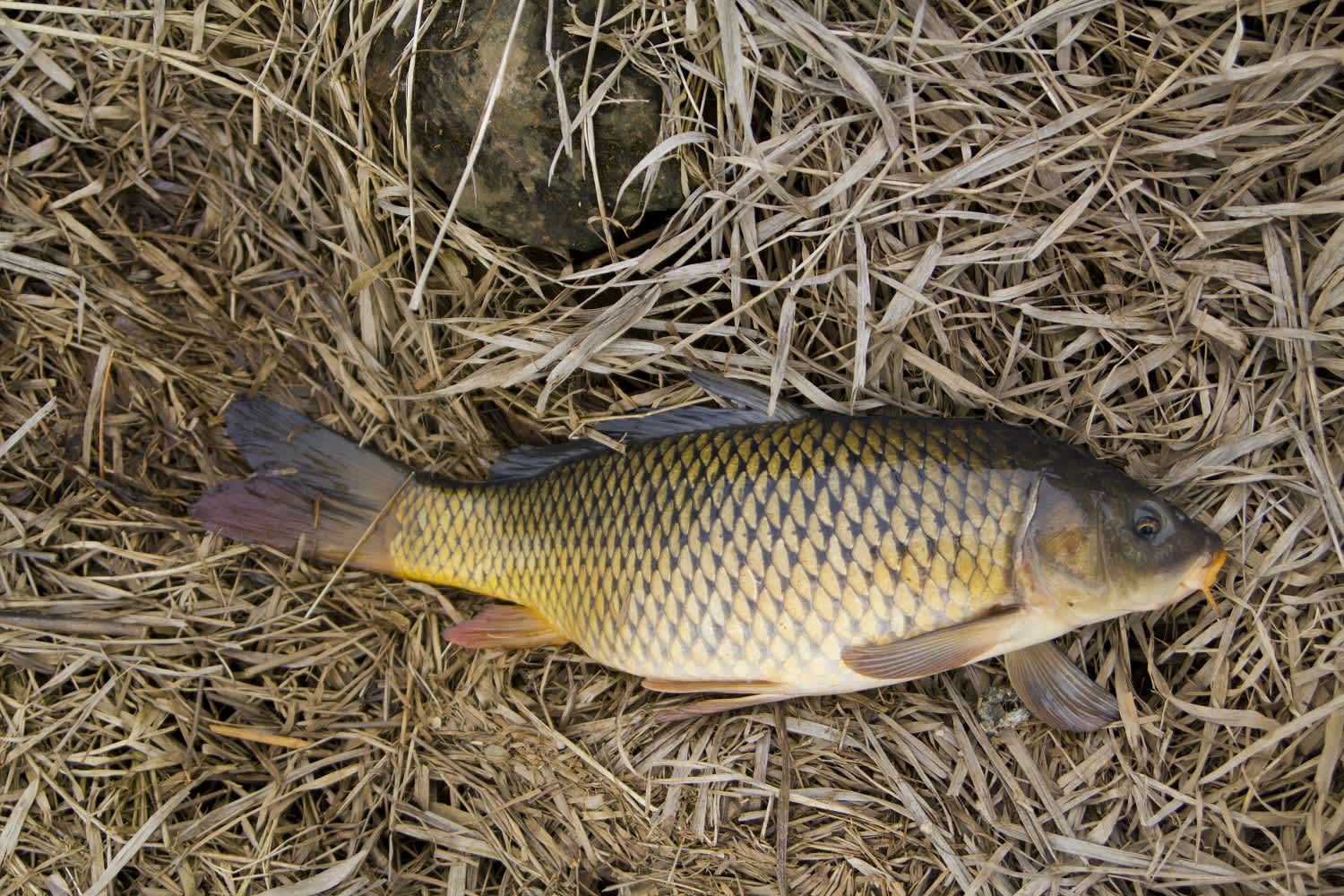The Wisconsin Gold Rush is On
Coulee Region Adventures 05.22.13

Spring brings with it the time of year when fish spawn. Around here in Wisconsin it’s like an angling gold rush–it seems that it starts out with the northern pike, then the perch and walleye, carp, suckers, sheephead (drum), dogfish (bowfin), pan fish, and then bass–what, wait a minute…carp, suckers, and sheephead?
The carp, sucker, and sheephead spawn is my personal favorite time of year, because simply put I love catching ’em. I can see the excitement over the occasional 20-inch plus walleye, or the fabled six-pound bass, but at the end of the day, NOTHING compares to a 25-pound carp that woke up that day looking for a fight.
Not only are 25-pound carp a blast to catch they are plentiful. Sidle up to the right school of carp, and you can catch big mammas all day long.
Biology
Many states recognize carp, dogfish, suckers, and drum in the rough fish category. That, in this writer’s opinion, is a misconception. Freshwater drum, most species of suckers, and dogfish are in most places of the upper Midwest native species.
Carp are prolific invasive species. Their feeding habits are piggish in comparison to their native counter parts, a carp will eat just part of a plant and leave the rest to waste. The carp is credited for spreading the invasive weed Eurasian water-milfoil, a plant that can regenerate from fragmented stems.
Native species like suckers and dogfish all play a role in the ecosystem by cleaning up lake and stream bottoms and predating on other fish to keep fish populations in check. The sheephead transports muscle larva in their gills until the larva gets heavy and falls out. Sheephead play a large role in native muscle distribution.
Methodology
To be a rough fisher, you have to denounce all that is right with the world and expect ridicule from your friends. Granted, walleye and pike are fun to catch, but not as sexy as putting a 25-pound fish on the end of your line. To catch a bottom feeder, you have to think like a bottom feeder.
According to Jeff Kelm, radio host and blogger from Wisconsin, “We use a ground bait in feeders and then boilies as hook bait to catch our carp.” How this works is one sets up a dropper set with a feeder, swivel, and a scented or flavored attachment to the hook (roughly four to six inches from the feeder).
The feeder is filled with an attractant that draws the carp in, and then as the carp is sniffing around it finds the scented hook and takes the bait. “Pineapple, tutti fruitti, strawberry, and garlic are really good flavors,” says Kelm.
Stewardship
The most frequently asked question I get about rough fishing is what to do after you got one. We’ve all been told that we should discard them because the fish is bad for the environment.
Truth is, rough fishing is a lot like open water fishing. It provides enjoyment while doing something good for the environment. At no point are we to toss discarded fish on the banks or cause fatal injuries to the fish before returning them to the water. They only stink up the fishing hole, attract bugs and rodents, and make it miserable for the rest of us.
The best recommendation I can make about discarding fish is if you don’t have a way to take care of them, let them go so someone else can have some fun. Truth is, if you are fishing on a good-sized school of fish, the handful you take out won’t make that much of an impact on the population.
Before participating in lethal fishing such as bow fishing or spearing, I would encourage that one checks the regulations as most communities consider the discharge of a bow in the same category as a firearm. I would also recommend checking with a local biologist to understand what species of rough fish are native and invasive to make sure that they are targeting and removing invasive species.

